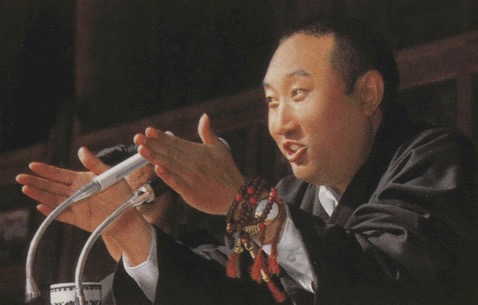The Paṇchen Lama incarnation line began in the seventeenth century when Chokyi Gyeltsen, the sixteenth abbot of Tashilhunpo Monastery, was given the title by the Fifth Dalai Lama, who declared him an emanation of Amitābha. The Geluk scholar Tukwan Lobzang Chokyi Nyima's Crystal Mirror identifies numerous pre-incarnations including Padmasambhava, Atiśa, Gampopa, Go Khukpa Lhetse, Sakya Paṇḍita, and Yungton Dorje Pel. Two separate systems of enumeration exist for this lineage. According to the system of Tashilhunpo Monastery, the seat of the line, three previous lamas, identified as Chokyi Gyeltsen's previous incarnations, are identified as the First through Third Paṇchen Lamas: Khedrubje Gelek Pelzang, one of Tsongkhapa's primary disciples, Sonam Chokyi Langpo, and Wensapa Lobzang Dondrub. According to the system of Ganden Podrang, Chokyi Gyeltsen is considered the First Paṇchen and the line starts with him. For this reason Chokyi Gyeltsen is either listed as the First or the Fourth Paṇchen Lama. The Eleventh Paṇchen Lama, Gendun Chokyi Nyima, recognized by the Fourteenth Dalai Lama in 1995, has not been seen in public since then, while another child, Gyeltsen Norbu was soon after installed as Eleventh Paṇchen Lama by the Chinese government.
Biographies
Khedrubje Gelek Pelzang
b.1385 - d.1438
Khedrubje Gelek Pelzang was one of the primary disciples of Tsongkhapa. A native of Tsang, he was involved in the establishment of the great monastery in Gyantse, Pelkhor Chode, before assuming the throne of Ganden in 1431. He was posthumously given the title of First Paṇchen Lama by virtue of being considered a pre-incarnation of the Fourth Paṇchen, Lobzang Chokyi Gyeltsen.
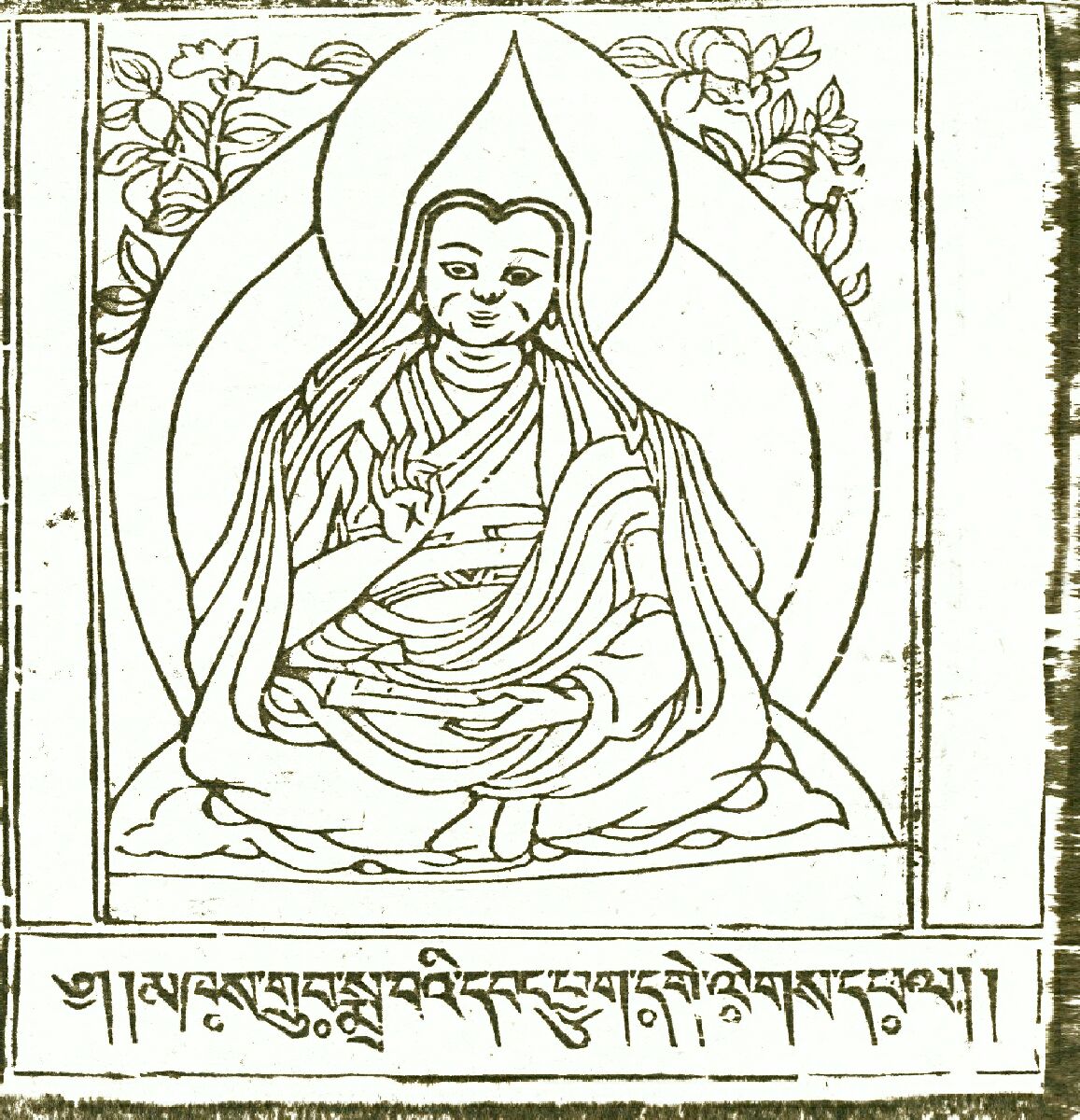
The Second Paṇchen Lama, Sonam Chokyi Langpo
b.1439 - d.1504
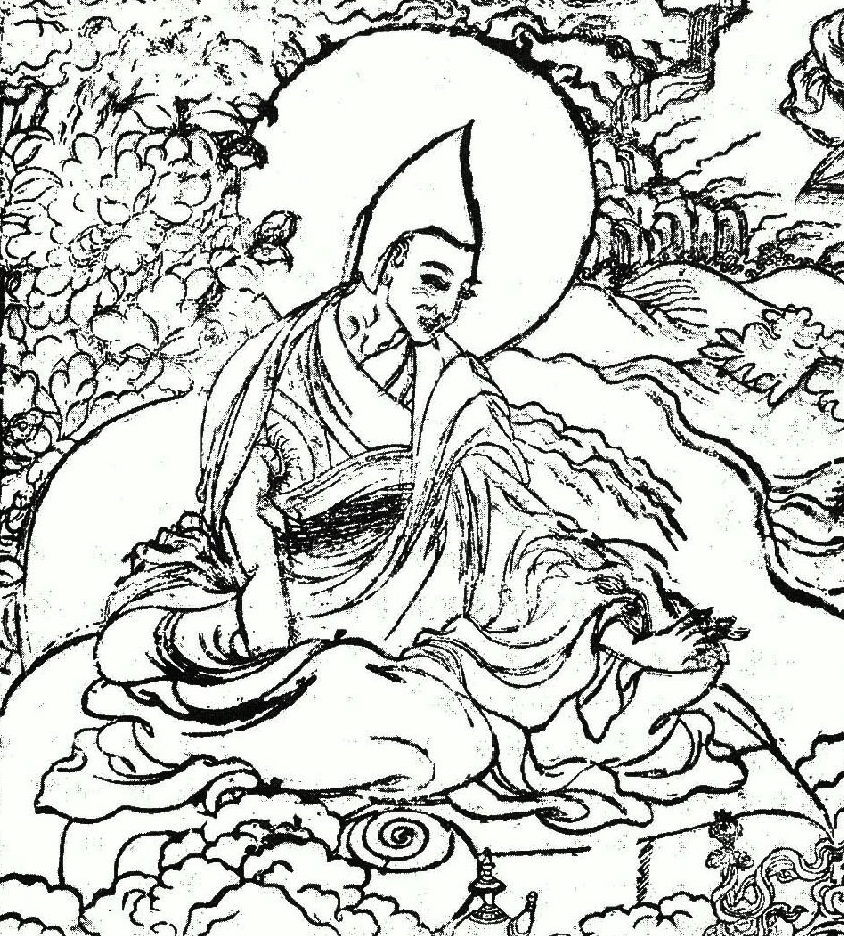
The Third Paṇchen Lama, Wensapa Lobzang Dondrub
b.1505 - d.1556
Wensapa Lobzang Dondrub was an early lineage holder of the Genden Nyengu. After training with prominent lamas of his day, he spent an extended period of time in isolated retreat, living in the manner of an Indian siddha. He was a disciple of Gendun Gyatso, posthumously known as the Second Dalai Lama.
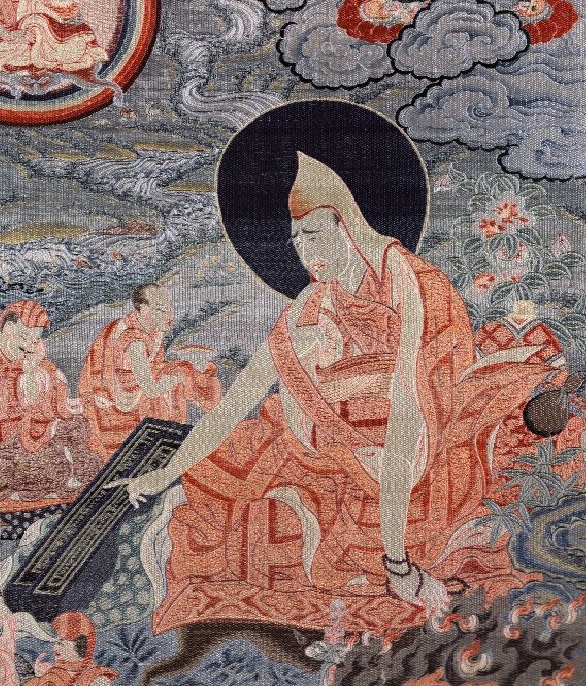
The Fourth Paṇchen Lama, Lobzang Chokyi Gyeltsen
b.1570 - d.1662
The Fourth Paṇchen Lama, Lobzang Chokyi Gyeltsen, who was the first to hold the title, lived during a time of tremendous political and religious change in Tibet. During his near-century long life the Geluk government of the Fifth Dalai Lama, the Ganden Podrang, took power in Tibet, and Bhutan established itself as an independent state under the rule of the Drukpa Kagyu, both events in which he was intimately connected. Lobzang Chokyi Gyeltsen was a teacher to many powerful Tibetan, Bhutanese and Mongolian political and religious figures, including the Fourth and the Fifth Dalai Lamas, and the First Jetsundampa of Mongolia. The Sixteenth abbot of Tashilhunpo, he was given the title Paṇchen Lama by the Fifth Dalai Lama, who declared him an emanation of Amitabha. By the system advanced by the Ganden Podrang, Chokyi Gyeltsen is considered the First Paṇchen, not counting three previous incarnations, beginning with Kedrubje, one of Tsongkhapa’s close disciples. A prolific author, Chokyi Gyeltsen is credited with over a hundred compositions, including a number of commentaries and ritual texts that remain central in the Gelukpa tradition.
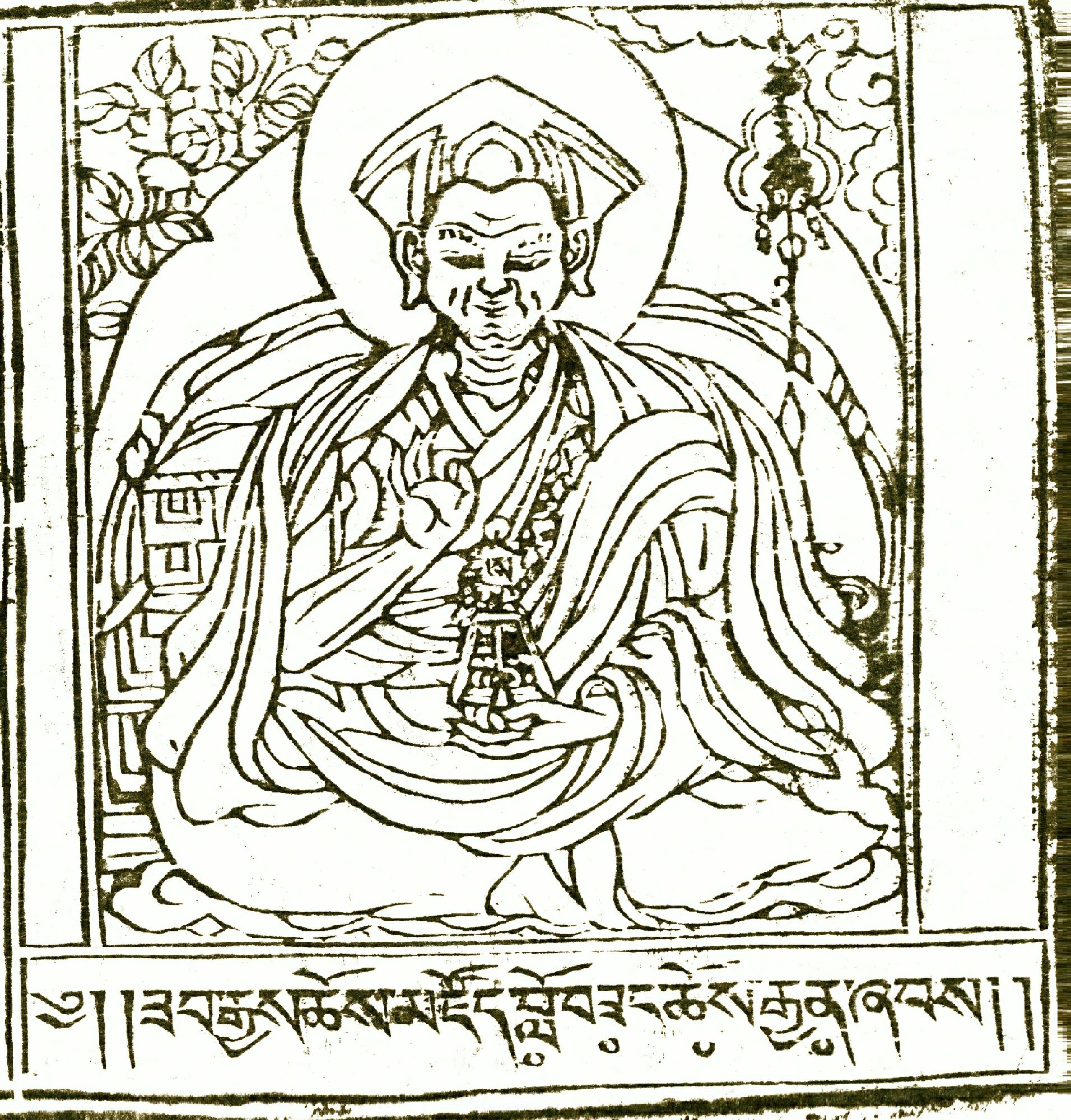
The Fifth Paṇchen Lama, Lobzang Yeshe
b.1663 - d.1737
The Fifth Paṇchen Lama, Lobzang Yeshe, was one of the most prominent Geluk hierarchs of his day. A close disciple of the Fifth Dalai Lama, he was responsible for the naming and novice ordination of both the Sixth and the Seventh Dalai Lamas. He was active in the victorious effort of the Geluk tradition to take control of most of Tibet with the aid of both Mongolian and Manchu patronage, counseling and negotiating with all sides. He was said to be a prolific author, but few of his compositions survive.
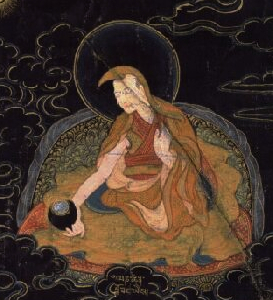
The Sixth Paṇchen Lama, dpal ldan ye shes
b.1738 - d.1780

The Seventh Paṇchen Lama, bstan pa'i nyi ma
b.1782 - d.1853

The Eighth Paṇchen Lama, Tenpai Wangchuk
b.1855? - d.1882

The Ninth Paṇchen Lama, Tubten Chokyi Nyima
b.1883 - d.1937
The Ninth Paṇchen Lama, Tubten Chokyi Nyima, played a significant role in the tumultuous relationship between Tibet and China in the early twentieth-century, at a time when both Britain and Russia were increasingly influencing Tibetan policy. Unwilling to submit to the Thirteenth Dalai Lama's demands that his seat monastery of Tashilhunpo pay a substantial cost of Tibet's military modernization, the Paṇchen Lama fled to China and never returned. For the last fifteen years of his life, he served as religious teacher to Mongols and Han Chinese alike, and he performed multiple Kālacakra initiations to audiences of tens of thousands, including initiations in Beijing and Hangzhou. Much of his time was spent in Inner Mongolia ministering to the leadership and populace there, and advocating on their behalf to the Chinese Republican government, first for real autonomy within the Chinese state, and then for defense against the invading Japanese. In the mid-1930s he was employed by the Chinese government to spread Nationalist ideology to the Tibetan people, and opened offices in many borderland cities such as Xining and Dartsedo. Despite accepting this formal role, he never abandoned his conviction that Tibet deserved to be ruled by its lamas, and not from Nanjing. Negotiations for his return to Tibet were unsuccessful, as the Tibetan government was wary of his Chinese mission. The Paṇchen Lama passed away in Jyekundo, still hoping to return to Tashilhunpo.
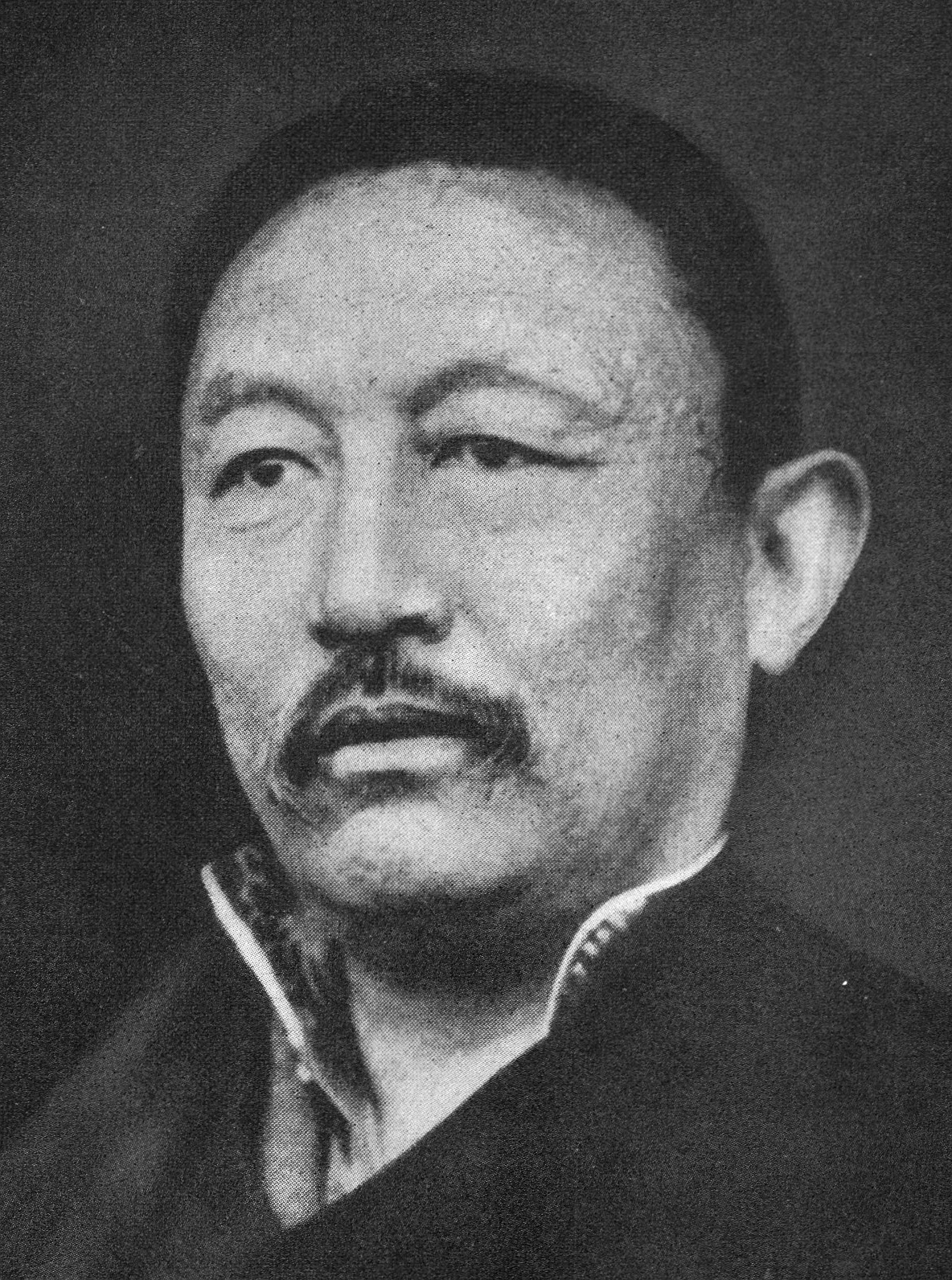
The Tenth Paṇchen Lama, Chokyi Gyeltsen
b.1938 - d.1989
The Tenth Paṇchen Lama was a steadfast advocate for the preservation and revitalization of Tibetan Buddhist traditions under Chinese Communist rule. By advocating for adaptation to and cooperation with the Chinese Communist state, alongside other progressive Tibetan reformers, he played a pivotal role in the revival of Tibetan Buddhism after the calamity of the Cultural Revolution. He was classically trained in the traditional monastic system and a prolific writer of numerous religious works. Although initially a member of many high-level Communist committees, the Paṇchen Lama fell out of favor following the publication in 1962 of his 70,000-Character Petition which criticized Communist policy in Tibet. He was arrested and remained imprisoned until 1978, after which he renounced his monastic vows and married, accepting this as a condition of his return to public life. He died under suspicious circumstances in 1989.
